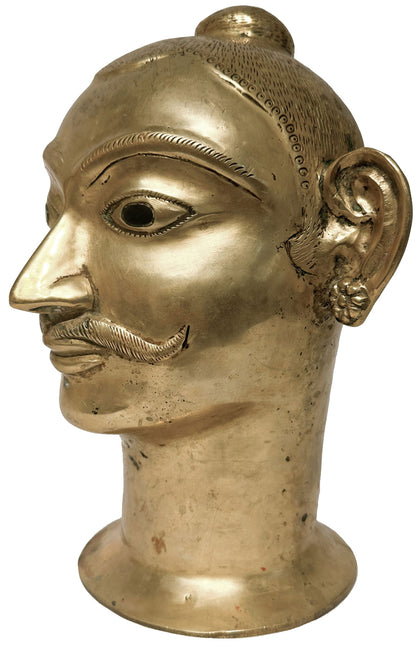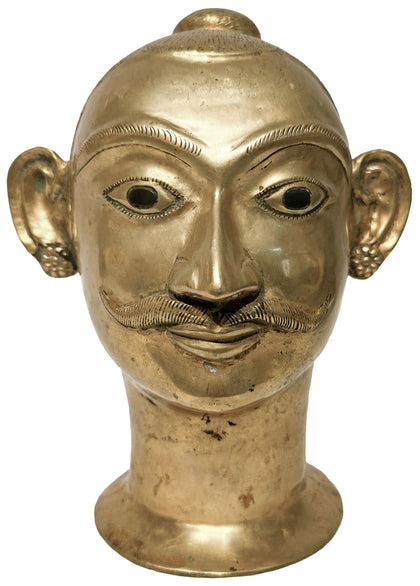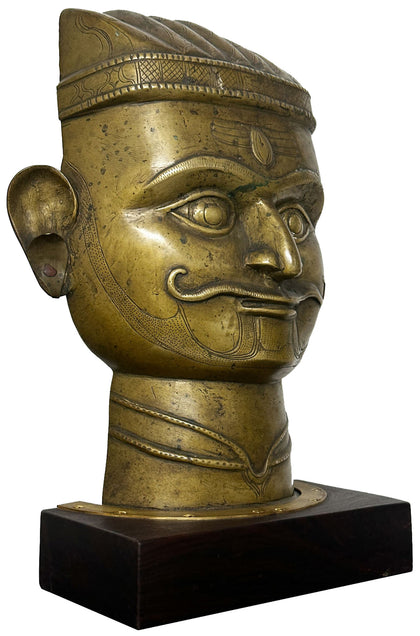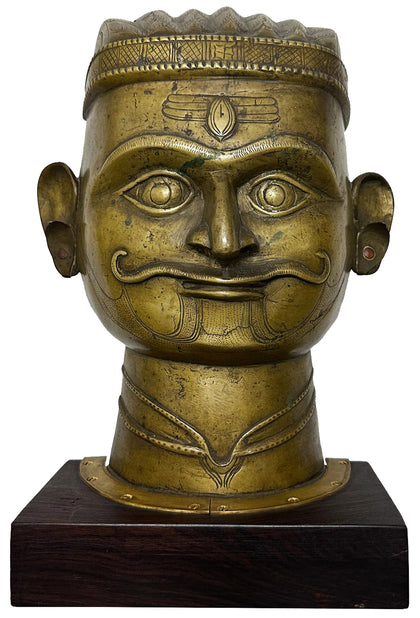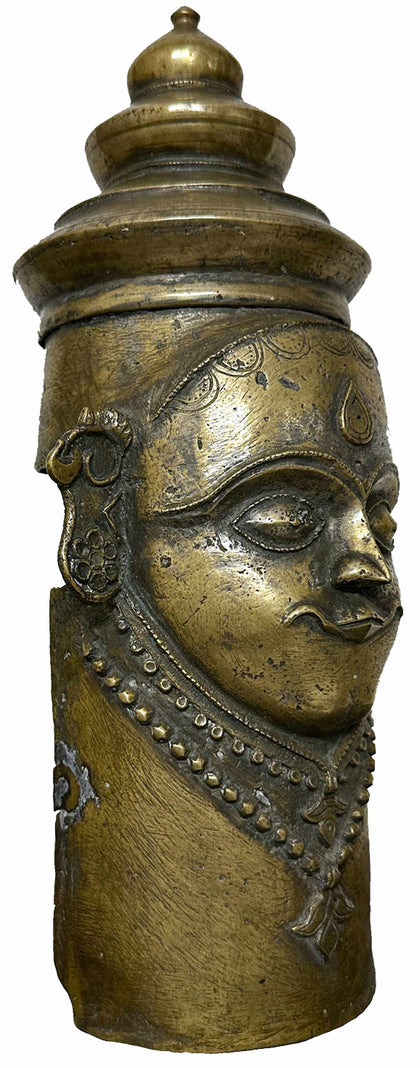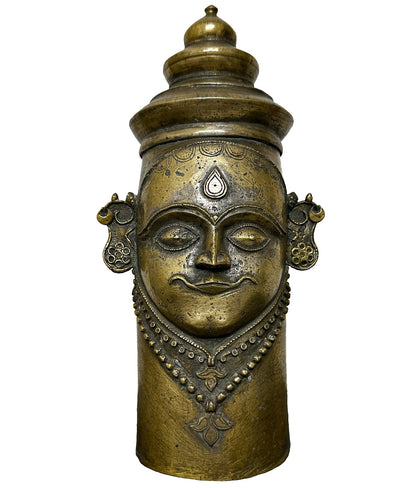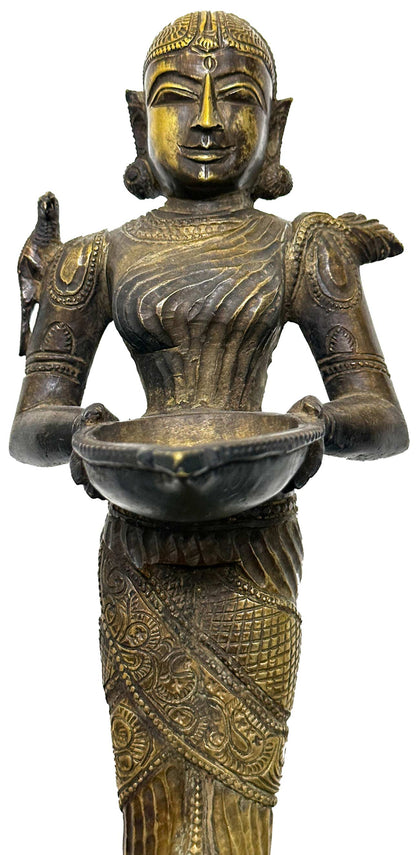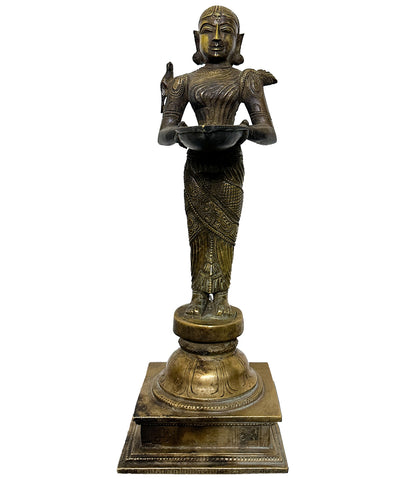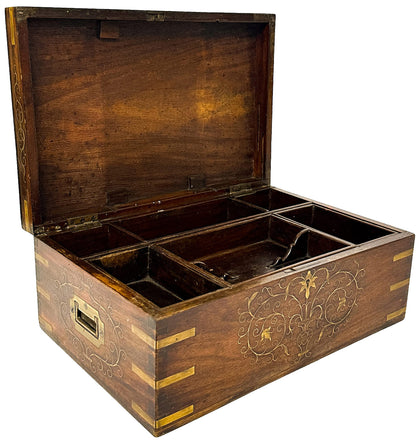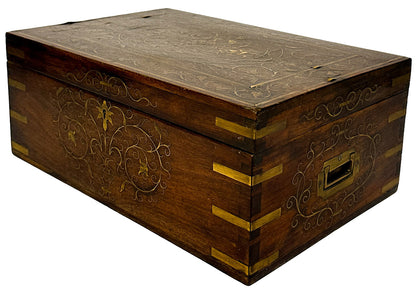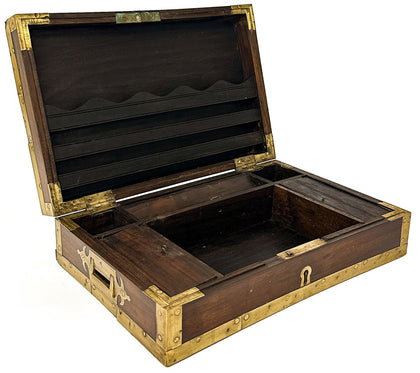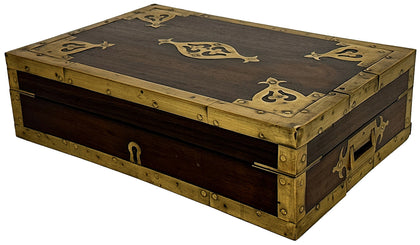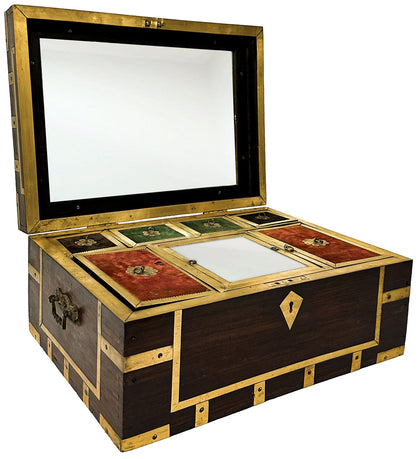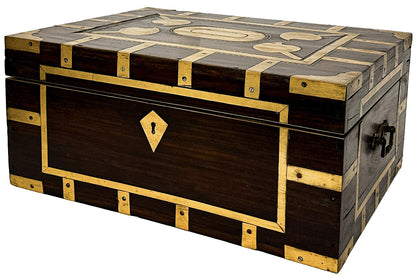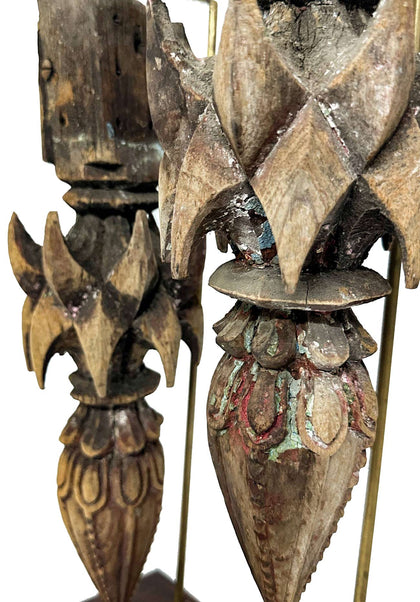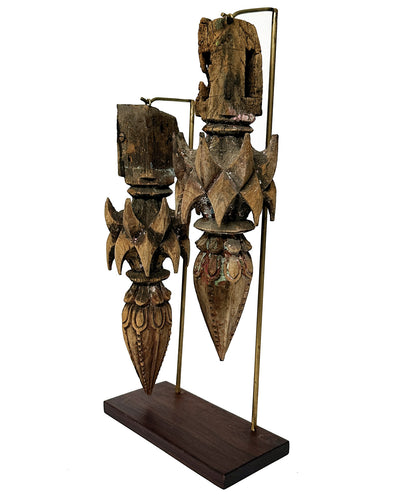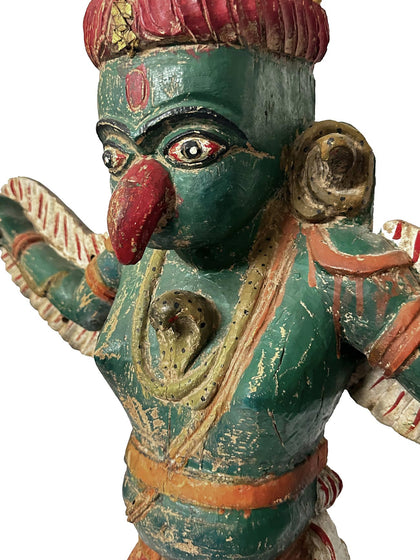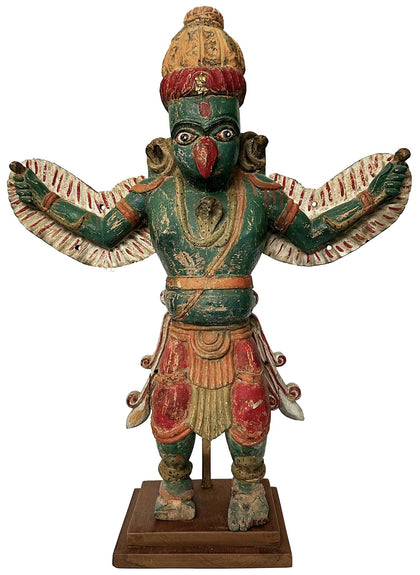Loading...
Bundi in Rajasthan
Price on Inquiry
All orders are insured for transit.
This item cannot be shipped outside India.

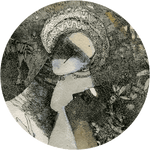
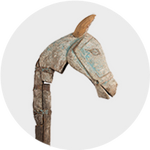
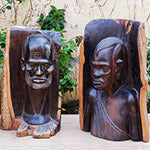
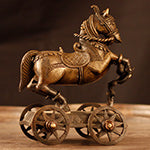
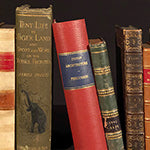
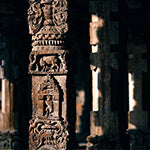

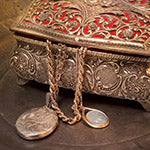
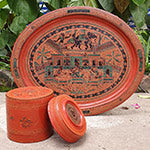
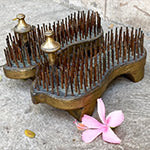
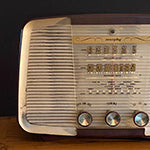
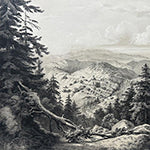
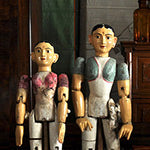
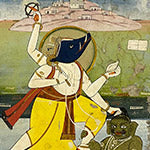
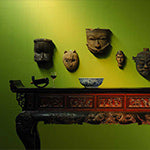
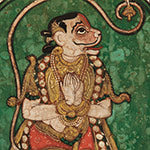
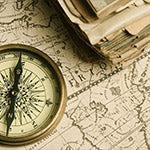
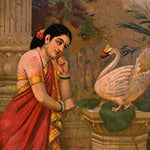
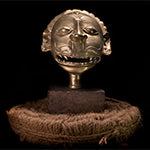
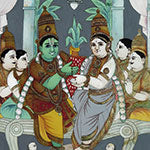
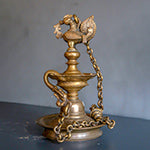
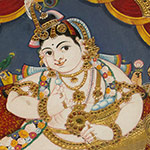
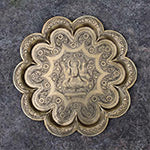
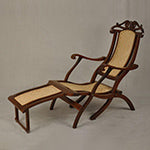
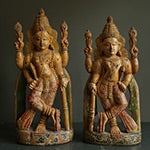


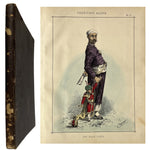

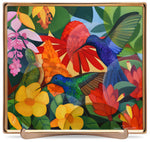
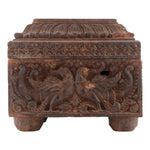
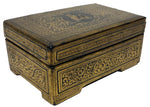
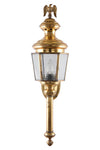

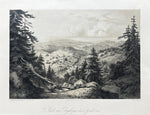


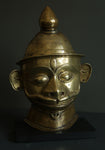
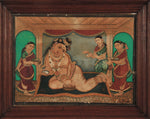
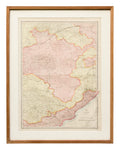
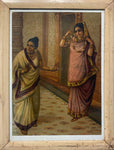

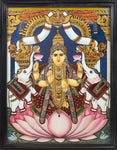

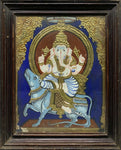
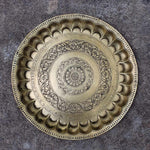
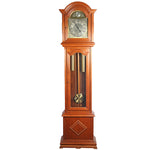
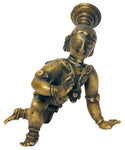
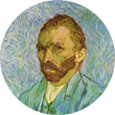





Please enter the email address linked to your Artisera account, and we will send you a link to reset your password.
Sign Up to access your Wish List and hear from us on all that’s new!
Loading...
All orders are insured for transit.
This item cannot be shipped outside India.
All orders are insured for transit.
This item cannot be shipped outside India.
| Size: | 19.5 x 22.5 inches (framed) |
| Medium: | Hand Coloured Engraving |
| Condition: | Good condition; light spotting and small pin holes in margins |
A fine hand-coloured engraving by C. Bentley, after W. Westall from “Scenery, Costumes and Architecture, Chiefly on the Western Side of India” by Robert Melville Grindlay. Published in London: by Smith, Elter & Co., [1826]-1830. The fine hand-coloured plates from this book are by Reeve, Fielding and others after Grindlay, but also Westall, Stanfield, Roberts and others; this work is also one of the few books in which the name of the colourist is mentioned: J.B. Hogarth. The title of the engraving is “The Town and Pass of Boondi in Rajpootana” and depicts the town and pass of Bundi (Rajputana) in Rajasthan. Bundi was founded in 1341 by Rao Deva and is situated in a narrow valley within the Aravalli Hills in Rajasthan. The ruling family of the state, the Hara Chauhan clan of Rajputs, built a series of impressive palaces, gardens and tanks, which appear to have been carved out of the hillside in several tiers. The town is full of attractive garden pavilions, step well tanks, temples and memorial pavilions. One of the palace complexes of the town can be seen on the hill in the background of this view.
William Westall ARA (12 October 1781 - 22 January 1850) was a British painter best known for his views of the Australian landscape. While studying at the Royal Academy schools, he was appointed as the official draughtsman for a naval survey voyage led by Commander Matthew Flinders. Sailing in the Investigator, Flinders’s voyage departed from London in 1801 and arrived five months later on the western coast of Australia. The Investigator then travelled along the southern and eastern coasts before returning along the northern coast, becoming the first European vessel to circumnavigate the continent. Once the circumnavigation was complete, Westall made his own way home via India. As he was on the British government payroll at the time, he had no right to do so without permission, and must have known it, since, just before departing for India, he wrote a long letter justifying his travel plans. In doing so he complained about the monotony of the Australian landscape, declared that he would not have agreed to the position if he had known that the voyage was confined to Australia alone, and hinted that he had the right to go to India as compensation for the failure of the Investigator to stop anywhere interesting. The admiralty took a dim view of the letter, terminating his employment immediately, and telling him to make his own way home. Robert Melville Grindlay (1786 - 1877) was a self taught amateur artist, founder of the ANZ Grindlays Bank and went to India in 1803, aged 17. He worked with the East India Company and served with the Seventh Bombay Native Infantry from 1804 - 1820 and during this period made a large number of sketches and drawings recording the life and landscape of India. The subjects included scenes and views of Bombay, Golconda, Ellora and Guzerat were published in “Scenery, Costumes and Architecture, Chiefly on the Western Side of India.”
Charles Bentley (1805/6–4 September 1854), was an English watercolour painter of coastal and river scenery.
'Next to Daniell, the most attractive colour plate book on India' (Tooley).
The engraving measures 9.75 x 12.75 inches without the frame and 19.5 x 22.5 inches with the frame.
A fine hand-coloured engraving by C. Bentley, after W. Westall from “Scenery, Costumes and Architecture, Chiefly on the Western Side of India” by Robert Melville Grindlay. Published in London: by Smith, Elter & Co., [1826]-1830. The fine hand-coloured plates from this book are by Reeve, Fielding and others after Grindlay, but also Westall, Stanfield, Roberts and others; this work is also one of the few books in which the name of the colourist is mentioned: J.B. Hogarth. The title of the engraving is “The Town and Pass of Boondi in Rajpootana” and depicts the town and pass of Bundi (Rajputana) in Rajasthan. Bundi was founded in 1341 by Rao Deva and is situated in a narrow valley within the Aravalli Hills in Rajasthan. The ruling family of the state, the Hara Chauhan clan of Rajputs, built a series of impressive palaces, gardens and tanks, which appear to have been carved out of the hillside in several tiers. The town is full of attractive garden pavilions, step well tanks, temples and memorial pavilions. One of the palace complexes of the town can be seen on the hill in the background of this view.
William Westall ARA (12 October 1781 - 22 January 1850) was a British painter best known for his views of the Australian landscape. While studying at the Royal Academy schools, he was appointed as the official draughtsman for a naval survey voyage led by Commander Matthew Flinders. Sailing in the Investigator, Flinders’s voyage departed from London in 1801 and arrived five months later on the western coast of Australia. The Investigator then travelled along the southern and eastern coasts before returning along the northern coast, becoming the first European vessel to circumnavigate the continent. Once the circumnavigation was complete, Westall made his own way home via India. As he was on the British government payroll at the time, he had no right to do so without permission, and must have known it, since, just before departing for India, he wrote a long letter justifying his travel plans. In doing so he complained about the monotony of the Australian landscape, declared that he would not have agreed to the position if he had known that the voyage was confined to Australia alone, and hinted that he had the right to go to India as compensation for the failure of the Investigator to stop anywhere interesting. The admiralty took a dim view of the letter, terminating his employment immediately, and telling him to make his own way home. Robert Melville Grindlay (1786 - 1877) was a self taught amateur artist, founder of the ANZ Grindlays Bank and went to India in 1803, aged 17. He worked with the East India Company and served with the Seventh Bombay Native Infantry from 1804 - 1820 and during this period made a large number of sketches and drawings recording the life and landscape of India. The subjects included scenes and views of Bombay, Golconda, Ellora and Guzerat were published in “Scenery, Costumes and Architecture, Chiefly on the Western Side of India.”
Charles Bentley (1805/6–4 September 1854), was an English watercolour painter of coastal and river scenery.
'Next to Daniell, the most attractive colour plate book on India' (Tooley).
The engraving measures 9.75 x 12.75 inches without the frame and 19.5 x 22.5 inches with the frame.
During the 18th and 19th centuries, several British and European men travelled within India and produced paintings, drawings, sketches and prints documenting the architecture, landscape, flora and fauna. Amongst these travellers were historians, artists, aristocrats and army officers. Upon their return to their home countries, some of them had their books published, which serve as an excellent record of India’s history, till date. The books had prints of the artworks created by these travellers, made using different printmaking techniques such as engraving, etching, aquatint, lithography and others.
For instance, Thomas Daniell (1749 - 1840) and his nephew William Daniell (1769 - 1837) travelled extensively in India between 1786 and 1793. Thomas Daniell was the son of an innkeeper, who began his working life as a bricklayer before becoming an assistant to the coach painter of the king. On their return to Britain, Thomas and William produced many paintings, drawings and prints based on the sketches they had made while travelling. The 144 aquatint prints, collectively known as 'Oriental Scenery', represent the single largest and most impressive project by English artists to depict Indian architecture and landscape. Another famous traveller was Prince Waldemar of Prussia, Germany, who landed in Calcutta in January 1845, while on an expedition to explore distant lands. He was accompanied by a team of military men already familiar with India, a botanist and a medical doctor. Besides being a trained military man, Waldemar was also an enthusiastic artist and created many watercolour paintings and sketches depicting his travels across India. These watercolours were turned into lithographs in Berlin on his return. ‘In Memory of the Journey of Prince Waldemar of Prussia to India in the Years 1844-1846’ was printed posthumously in two volumes in 1853, and features many of his artworks. Other travellers to India whose work prints were later published include French naturalist Pierre Sonnerat, British Army Officer Captain Charles Gold, English watercolour painter Chares Bentley, amongst others.
| Size: | 19.5 x 22.5 inches (framed) |
| Medium: | Hand Coloured Engraving |
| Condition: | Good condition; light spotting and small pin holes in margins |
All orders are insured for transit.
This item cannot be shipped outside India.
This item has been added to your shopping cart.
You can continue browsing
or proceed to checkout and pay for your purchase.
This item has been added to your
shopping cart.
You can continue browsing
or proceed to checkout and pay for
your purchase.
This item has been added to your wish list.
You can continue browsing or visit your Wish List page.
Are you sure you want to delete this item from your Wish List?
Are you sure you want to delete this
item from your Wish List?

Thank you for sharing your email address!
You’ll shortly receive a Welcome Letter from us.
Please check your spam folders if you can’t
locate the email in your inbox.
Thank you for sharing your email address! You’ll shortly receive a Welcome Letter from us. Please check your spam folders if you can’t locate the email in your inbox.

